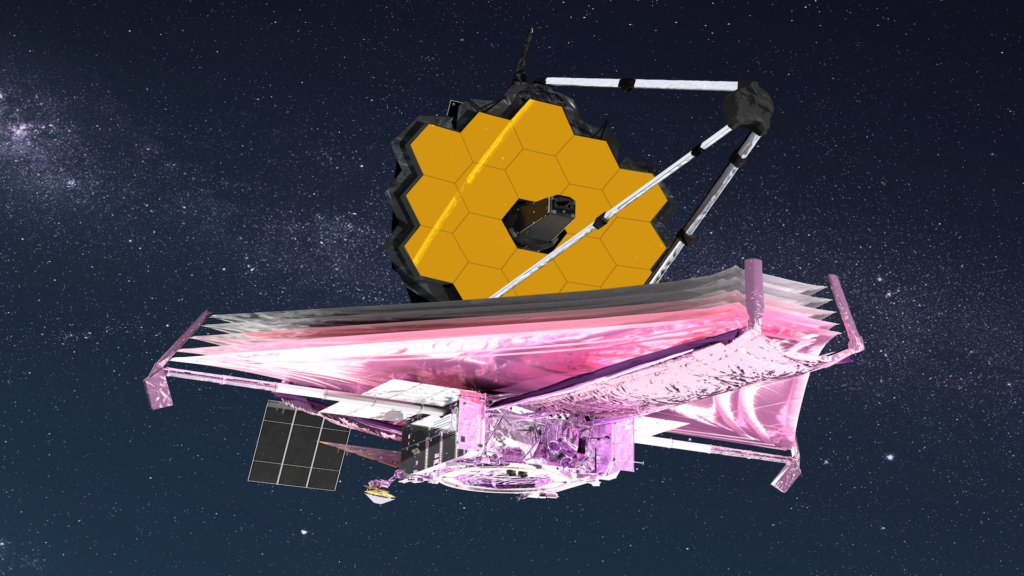
The publication on 12 July of the first five spectacular full-colour images captured by the James Web Space Telescope (JWST) – the orbiting observatory managed by NASA in collaboration with the European Space Agency (ESA) and the Canadian Space Agency – ushered in the “dawn of a new era in astronomy”.
These first images, presented at a live NASA press conference, show:
1) Galaxy cluster SMACS 0723. NASA’s telescope delivered the deepest and sharpest infrared image of the distant universe so far. Webb’s first “deep field” is galaxy cluster SMACS 0723, which is teeming with thousands of galaxies – including the faintest objects ever observed in the infrared.
2) Exoplanet WASP-96b. JWST detected the distinct signature of water, along with evidence for clouds and haze, in the atmosphere surrounding a hot, puffy gas giant planet orbiting a distant Sun-like star.
3) Carina Nebula. The impressive landscape of “mountains” and “valleys” speckled with glittering stars captured by the instrument is actually the edge of a nearby, young, star-forming region called NGC 3324 in the Carina Nebula.
4) Stephan’s Quintet. The information gathered by the JWST on this visual grouping of five galaxies provides new insights into how galactic interactions may have driven galaxy evolution in the early universe.
5) Southern Ring Nebula. The Telescope captured the details of a dying star, providing an image of a planetary nebula catalogued as NGC 313 some 2,500 light-years from Earth.
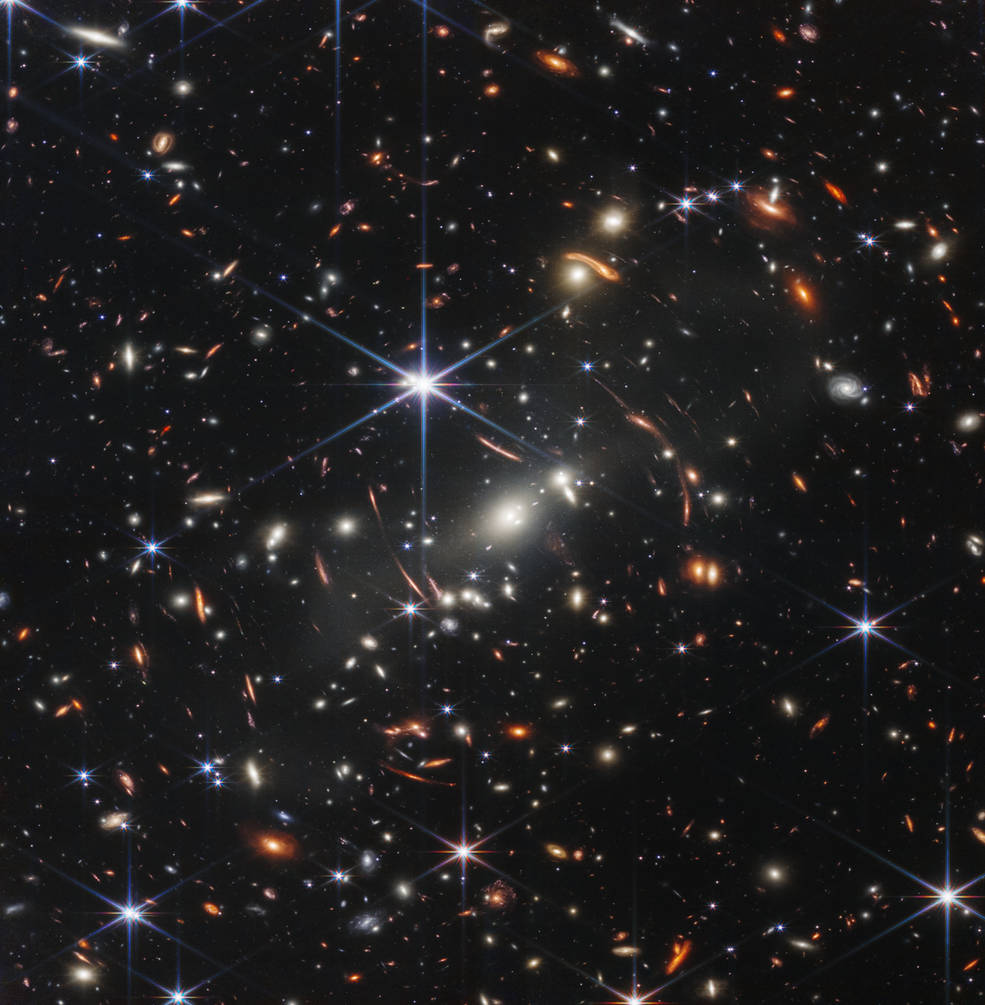
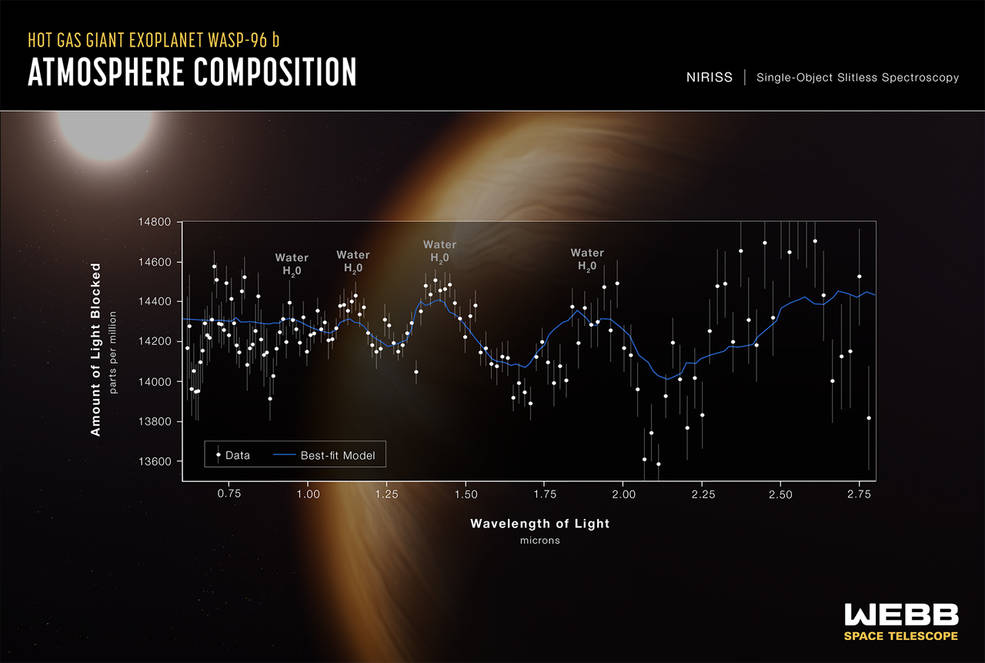
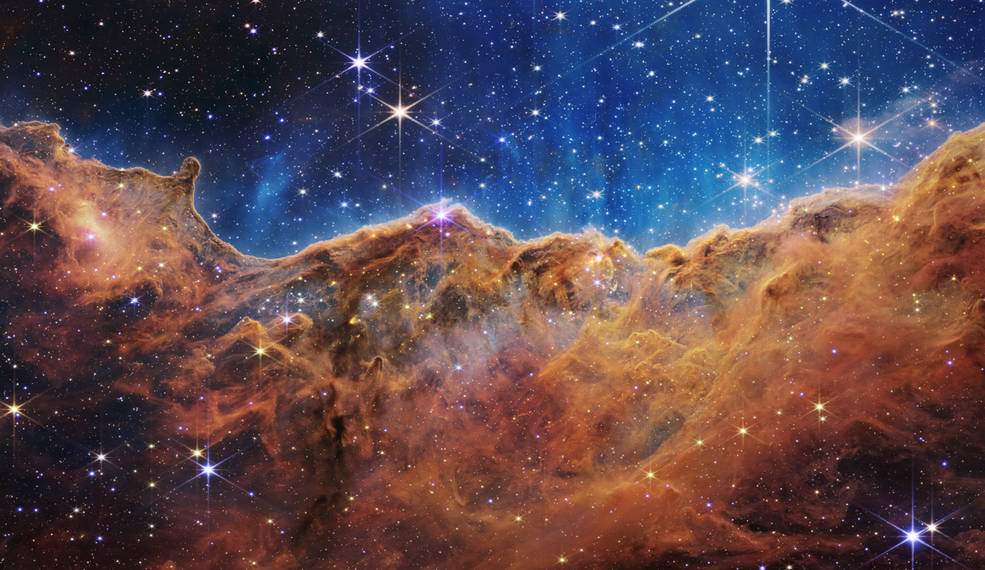
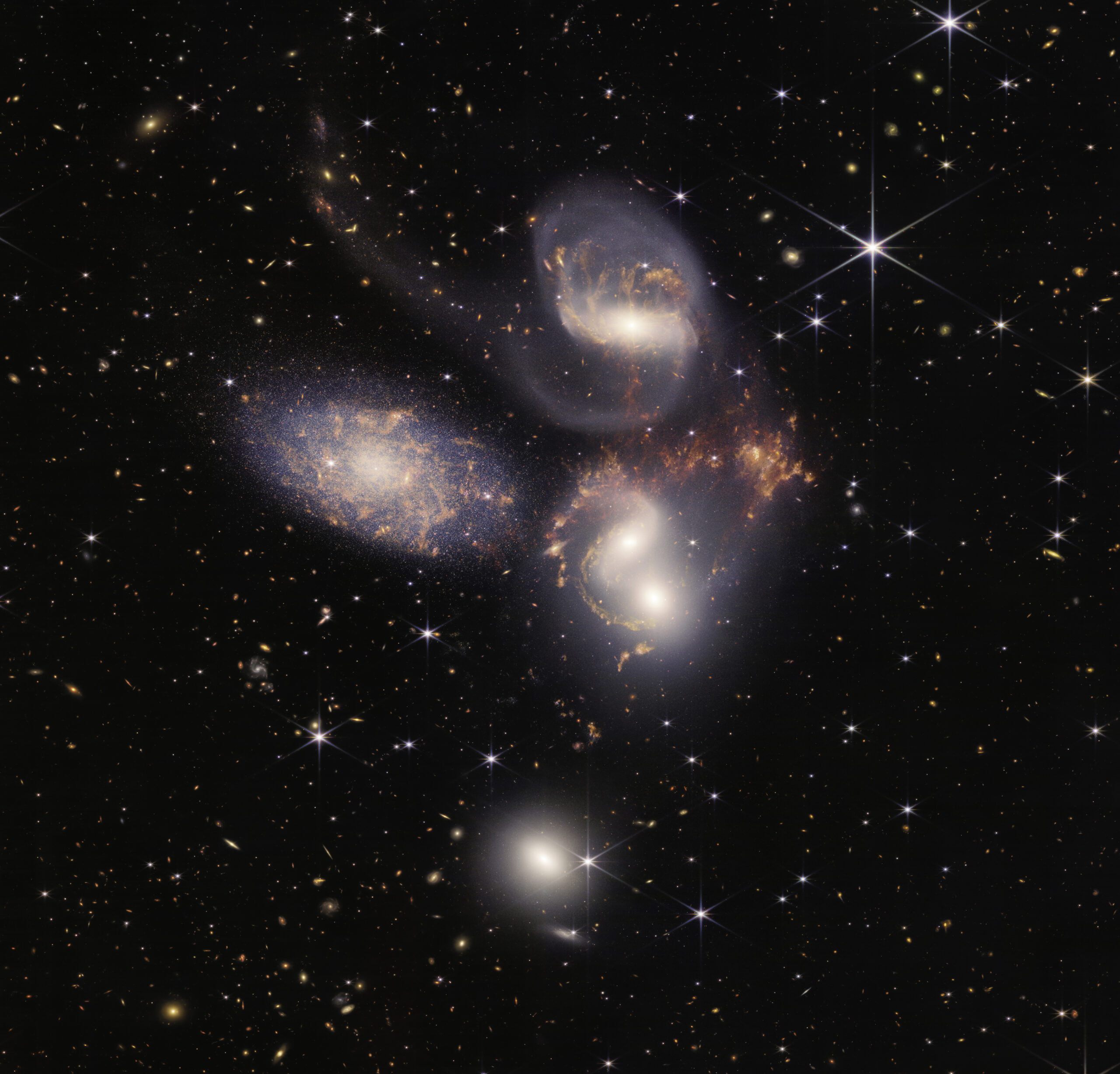
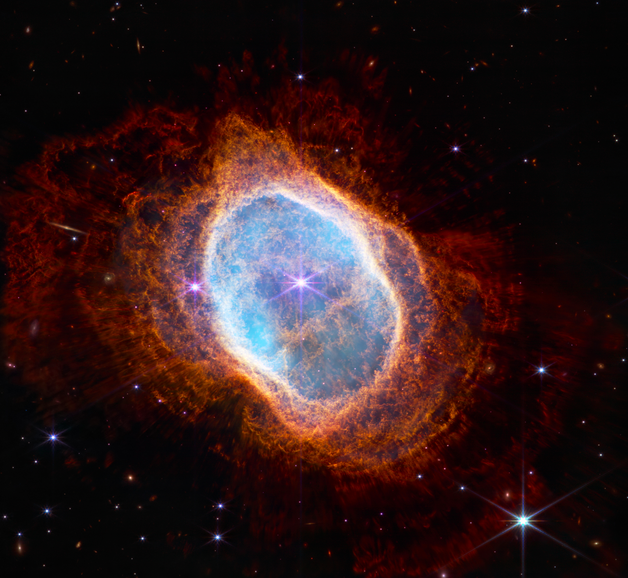
More than the subjects portrayed, what makes these images extraordinary is their quality and the unprecedented level of detail which show the extraordinary power of the James Webb Space Telescopeand mark the beginning of Webb’s science operations.
“The first images released by the James Webb Space Telescope,” commented Marco Tavani, president of the National Institute for Astrophysics (INAF), “confirm the extraordinary potential of this space instrument: the images of nebulae, galaxies and clusters of galaxies have an unprecedented level of detail. But after the amazement, the phase for which Webb was made begins: do science and help us to understand our universe better.” The INAF president then emphasized Italy’s important involvement in this scientific undertaking. “The National Institute for Astrophysics is strongly involved in the scientific aspects of this mission,” added Tavani. “INAF researchers are the coordinators of seven of the programmes that will use the data collected by the JWST during the first year of observations. At present, Italy is involved in more than 40 scientific programmes and has been awarded more than 1,500 hours of observing time on the pioneering space observatory. Specifically, INAF will use the Webb space telescope to study brown dwarfs (celestial objects halfway between planets and stars), star formation in extreme environments, the origin of the powerful jets of matter emitted during star formation, how the most massive galaxies in the universe are formed, the role of supermassive black holes in galaxy evolution, and the universe’s very first, elusive generation of stars. Our community is proud to have an active role in this extraordinary mission.”
Launched from the Guiana Space Centre in Kourou, French Guiana, on 25 December 2021, JWST is now 1.5 million km from Earth. Webb will study every phase of the 13.5 billion years of cosmic history, from our solar system to the most distant observable galaxies in the early universe.

